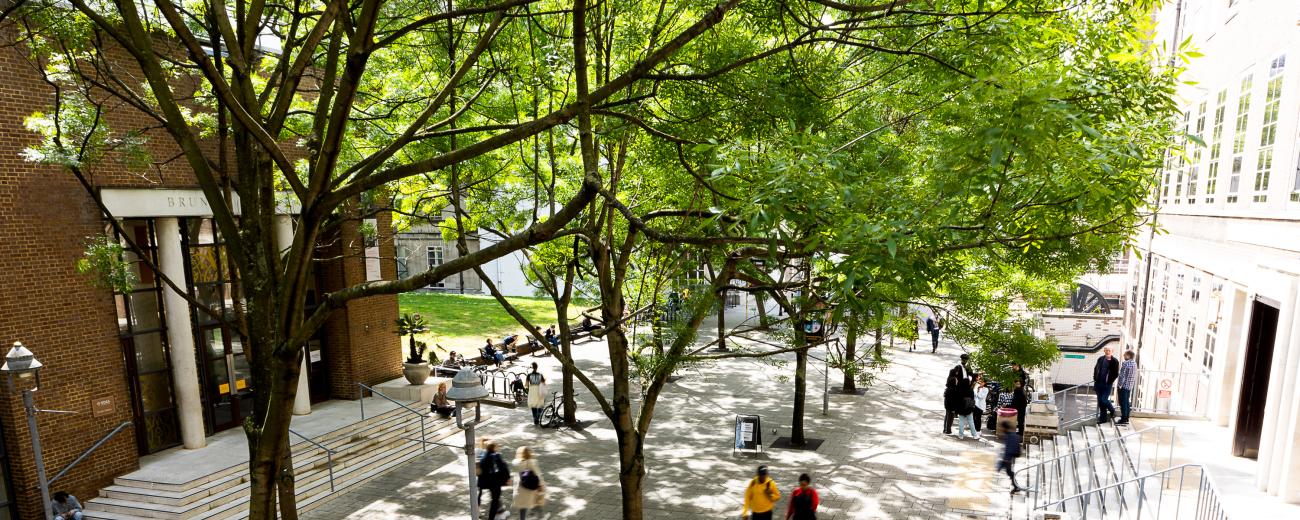
An open-air archive of performing artists and craft-people carved on the Cōḻa imperial temple at Tañjāvūr (South India, 11th century CE)

Key information
- Date
- Time
-
1:30 pm to 3:00 pm
- Venue
- SOAS, Phillips Building
- Room
- MB P445
- Event type
- Lecture
About this event
Until the first half of the 20th century, the majority of Indian female performing artists belonged to hereditary communities of professional musicians, often attached to some religious institutions, such as temples and monasteries, as well as to royal courts and salons.
These women were courtesans, highly skilled in music, dance and poetry, besides being accomplished dancers and singers. Their training required several years of learning in order to master the arts and earn their living with their performances. In this lecture, I will deal with the rules and economic regulation of their profession, the complex system of patronage, their daily duties and income, as related by the artists interviewed in India, but also as attested in some Tamil medieval epigraphic inscriptions dated to the beginning of the 11th century C.E. Such epigraphic sources represent an open-air archive in which are listed all those performing artists and craft-people attached at that time to the imperial shrine erected by the Cōḻa King Rājarāja I. Special attention will therefore be devoted to both the historical and the ethnographic data collected during my field-work in South India where I learnt and researched the local dance and music traditions with some members of their community (devadāsīs, rājadāsīs, naṭṭuvaṉārs) by focusing on the way their artistic training was conceived, performed and transmitted as a process of both ‘art’ and ‘craft’.
About the speaker
Tiziana Leucci is Senior Research Scholar at the Centre d’Etudes Sud-asiatiques et Himalayennes (CESAH, EHESS, Paris-Aubervilliers) of the French Centre National de la Recherche Scientifique (CNRS). Trained in ballet and modern dance at the Accademia Nazionale di Danza in Rome, she spent twelve years in India (from 1987 till 1999) to learn the Bharatanatyam and Odissi dance styles. Her Ph.D. thesis in Ethno-history and Social Anthropology, dealt with the South Indian courtesans’ culture. She coordinates various research-projects and seminars, has co-edited two volumes and authored a book and several articles on Anthropology and Dance History. From 2010 she teaches Bharatanatyam dance at the Conservatoire de musique et danse ‘Gabriel Fauré’ at Les Lilas (France).
Teaser image credit: Tiziana Leucci.


